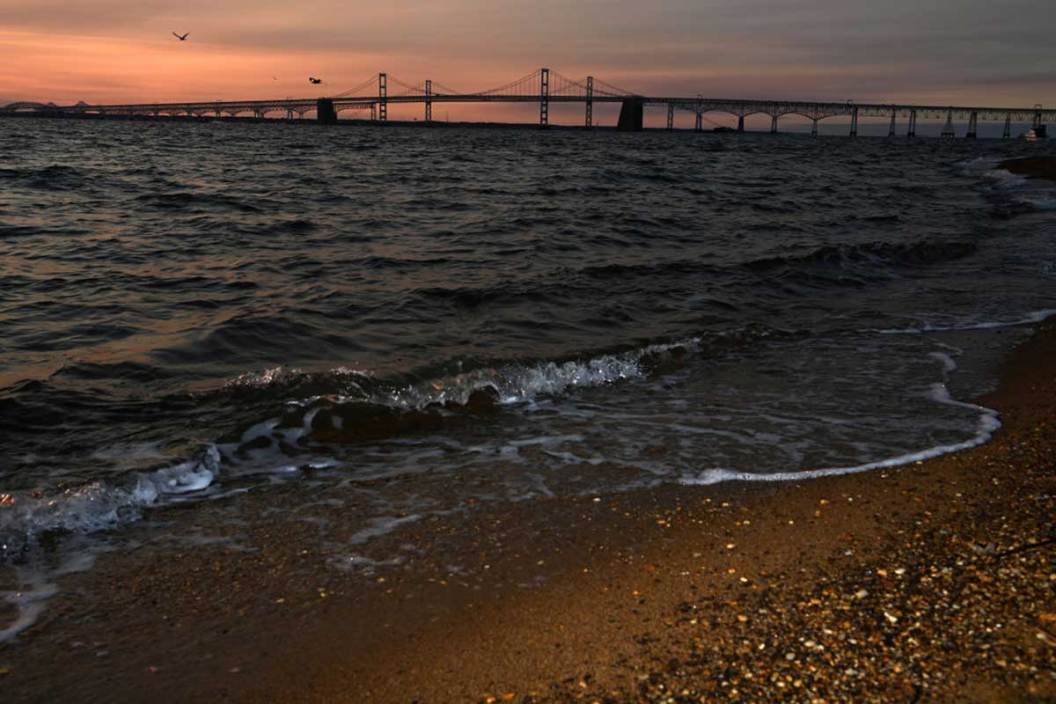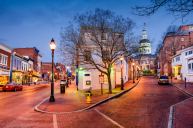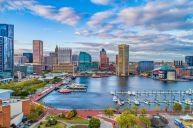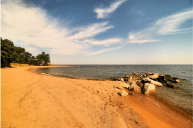Chesapeake Bay is the United States' largest estuary, a body of water where a freshwater source meets with the ocean. The salt and fresh water mix, creating brackish water. The massive bay has over 41 million acres connected to it, running 524 miles from Cooperstown, New York, to Norfolk, Virginia. It's also home to various wildlife, including blue crabs. The bay's water runs along six states: Maryland, Delaware, Pennsylvania, New York, Virginia, West Virginia and the entire District of Columbia.
The bay isn't currently a national park, but lawmakers are considering making it the latest addition to the official 63 national parks. Surprisingly, its sheer size has very little to do with it. Instead, its features are what put it on the radar.
Maryland Sen. Chris Van Hollen and Rep. John Sarbanes plan to initiate legislation during Congress' next session. Sarbanes' father, Paul Sarbanes, a retired U.S. senator and congressman, spent much time devoted to conservation for the bay, including working with the National Park Service's Chesapeake Gateways and Watertrails Program. The draft legislation is open for public comment for 90 days, and the final version is to be submitted in 2023.
Becoming a national recreation area has some big upsides. The bay would have access to federal resources, and there would be more public access.
Van Hollen's website contains a detailed outline of the proposal. The Chesapeake National Recreation Area aims to bring in resources and highlight its cultural and economic history, all while promoting conservation. "Additionally, the CNRA will highlight the stories that often go untold — those of Indigenous peoples; free and enslaved Blacks; the role the Bay played in the earliest days of the Maryland and Virginia Colonies; the key part the Bay has played, and continues to play, in the region's economy; and the story of and watermen and women who are essential to the economic success and health of the Bay region," the website says.
The statement also reiterates that land for the CNRA will only be acquired by voluntary donation, purchase from willing sellers, or exchange or transfer from other agencies. The creation of the CNRA has been discussed since the 1980s, when the Capital Gazette published an op-ed on the topic along with work by Anne Arundel County Executive Jim Lighthizer. Additional efforts came from Sen. Paul Sarbanes, which prompted the park service to publish a resource study stating the Chesapeake Bay is "unquestionably nationally significant and a major part of the nation's heritage."




